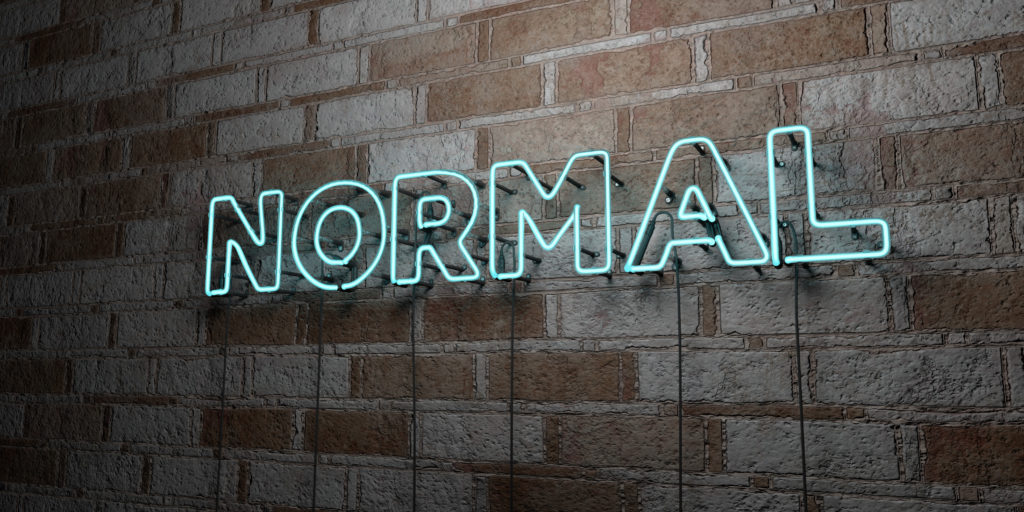
Yesterday was a special one for me – another trip around the sun and my second dose of the COVID vaccine. I’m thankful for both events. And my brother Paul’s gift to me was a day off from writing this blog.
Today’s post is his perspective on last year, this year, and probably next year as the radio industry grapples with change. It’s a great read for your Monday morning – the start of a new week, a new month, and maybe even a new way of thinking about things. – FJ
As we turned the corner to 2021, there was a lot of optimism that life could (should?) get better. Even pessimists believed that at minimum, things couldn’t get worse. There is a vaccine being distributed – actually now, several – pitchers and catchers report in just a matter of days, and the economy will rebound. We’ll get back on airplanes, go out to dinner, attend a conference, and maybe even take in a ballgame.
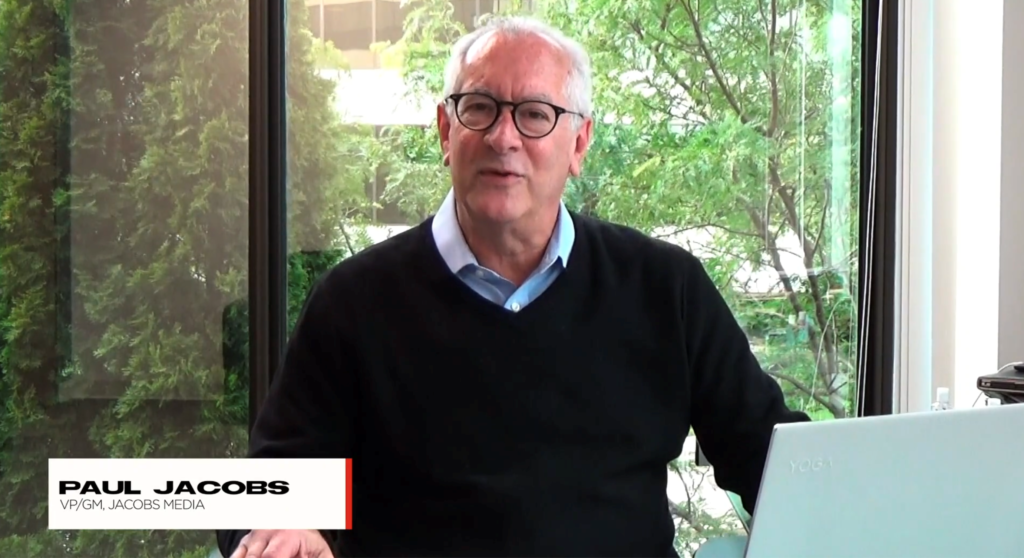 I believe all of that is true, and despite some bumps with the vaccine rollout, we are finally on a path where we can see a clearing in the distance – where things will return to “normal” – the lives we were living one year ago.
I believe all of that is true, and despite some bumps with the vaccine rollout, we are finally on a path where we can see a clearing in the distance – where things will return to “normal” – the lives we were living one year ago.
But it’s hard to imagine that things will return to the way they were before the pandemic. New habits have been formed, from the way we shop and eat, to the way we appreciate the little things like seeing our parents or our kids, high-fiving friends, and just getting together for a cup of coffee or a sales or airstaff meeting where we all aren’t staring at a Zoom screen.
With one-twelfth of 2021 now in the books, it is becoming abundantly clear 2020 wasn’t so anomalous after all.
Last we learned the hard way, COVID-19 wasn’t only a virulent catastrophe spreading through communities all over the world, it was also an accelerant of changing culture, technology, and habits. And there’s no going back to the way things were.
At this year’s Virtual CES event, the Consumer Technology Association hosted their annual “Tech Trends To Watch” keynote. Research execs Steve Koenig and Lesley Rohrbaugh walked us through the ways in which technology will change our lives in 2021 – and beyond. Usually, these sessions focus on a continuum we’ve seen in the past – the trajectory of adoption of driverless cars, 5G and connected cities, robot maids, and smart toilets.
While some of those technologies made their way into Steve and Leslie’s CES 2021 deck, like so many sessions at this year’s virtual event, their focus was on the speed at which key aspects of our culture morphed, adapted, and changed at a pace no one could have imagined at this time last year.
We have become so used to seeing things decline, drop, or diminish – the economy and jobs, business and personal travel, sports and entertainment – that we rarely think about the societal changes that have moved higher – even at warp speed in less than one year.
The slide below takes last year’s prediction of the adoption of each of these behaviors, and compares them with how quickly consumers adopted them. For example, in eight weeks after the onset of the pandemic, the use of e-commerce hit a rate that wasn’t predicted to be reached until the next decade, and it took five months for streaming video to hit the level of adoption not projected to be reached for seven years.
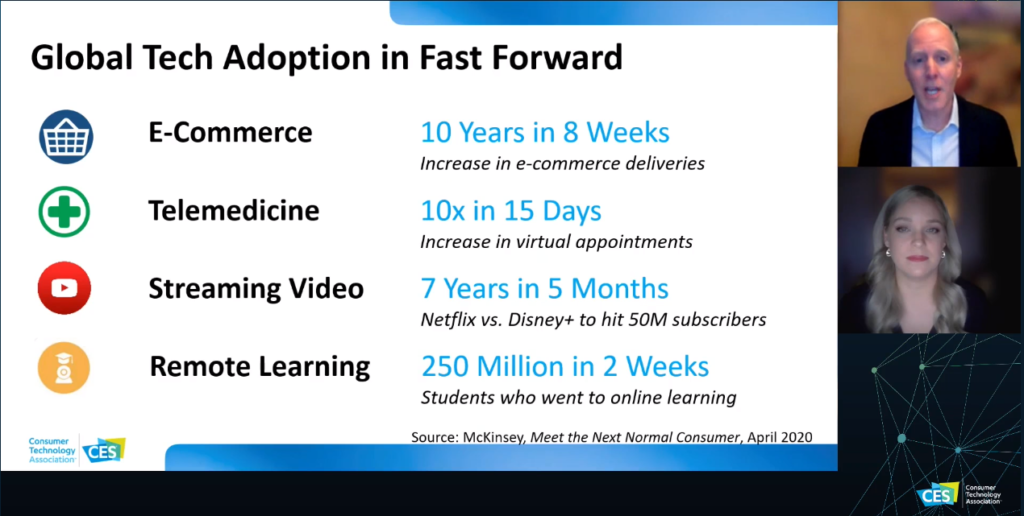
Welcome to the new normal, and we aren’t going back.
And note there were many losers as a result of these accelerated trends – but there were winners, too. Yes, Quibi missed the streaming video moment. But Netflix, Disney+, and TikTok were right there to collect their winnings.
Zoom seemingly came out of nowhere, and is now synonymous with virtual meetings, lapping established players from GoToMeeting, Skype, and WebEx (remember them?)
So how does that process work? Why is champagne going off in some Zoom meetings, while tears are being shed in others?
That’s what broadcasting’s C-Suite executives might be asking themselves right now.
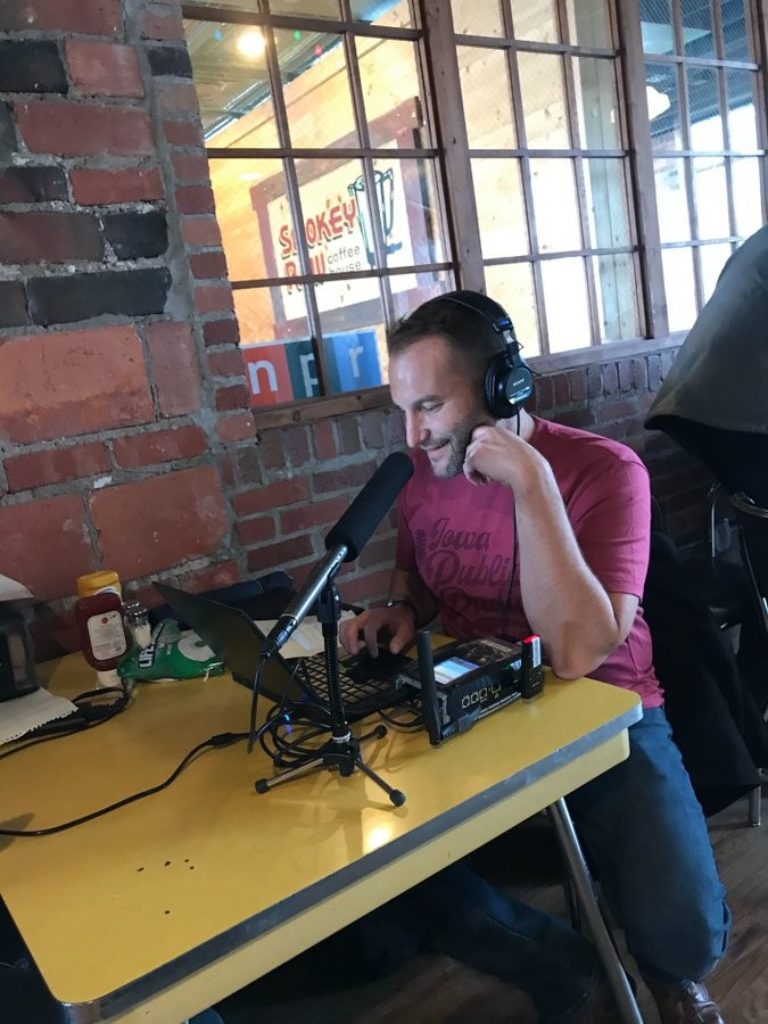 A frank assessment of the radio business indicates it wasn’t immune to these accelerating changes. For example, broadcasters (thank you engineering and IT) did a miraculous job figuring out how to not only broadcast from bedrooms, but shift their business platforms – traffic, accounting, music scheduling – to remote in a matter of days.
A frank assessment of the radio business indicates it wasn’t immune to these accelerating changes. For example, broadcasters (thank you engineering and IT) did a miraculous job figuring out how to not only broadcast from bedrooms, but shift their business platforms – traffic, accounting, music scheduling – to remote in a matter of days.
What were once time-honored practices virtually set in concrete became our new way of doing business. And it demonstrated how tremendously flexible we can be when we have to be.
The watercooler has been replaced by Slack, and Zoom has revamped the sales call.
The ways and locations in which consumers listen to the radio have also shifted dramatically. What is “drive time” if you aren’t driving to work? And as a result of WFH, most people’s 8-hour days are all over the clock. And as we’ve learned, some of us rarely stop working – just check the times when you get emails from co-workers today vs. a year ago.
Our reduced time in cars has ushered in a period where consumers are accessing our content on different devices; mobile apps, online streaming, and smart speakers became the receivers of choice in homes where there simply isn’t a radio.
Radio’s clients have undergone a similar transition. Retailers have had to shift their entire business model from “fast, friendly service” and “come and browse our huge inventory” to curbside, home delivery, and online shopping.
And of course, many stations have watched their advertiser base radically shift. Thousands of local businesses have closed, and others have had to deal with a significant hit on their traditional model, restaurants, bars, and clubs among them.
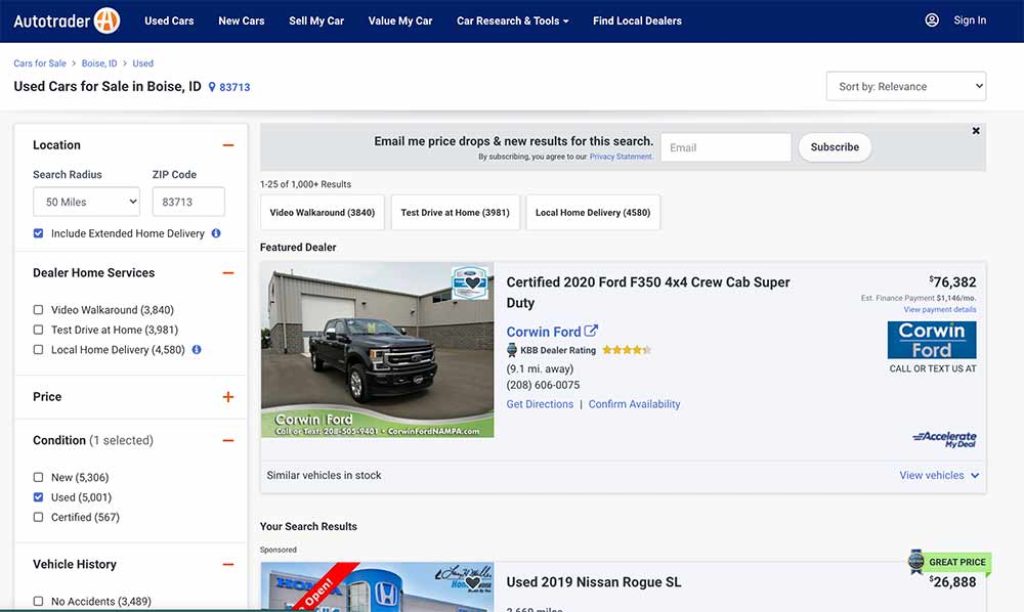
One of the major game-changer business verticals is local car dealers – traditionally, the sweet spot for radio sales. While web browsing and online car shopping were already becoming big deals pre-COVID, the virus has radically changed how many of us shop for and purchase vehicles and accelerated that category.
So much for showrooms and lots in which to browse inventory, negotiating in a small room with the sales manager, and taking a test drive with a strange salesperson.
That model worked for the manufacturers because dealers took care of the one aspect of the transaction they never understood – the customer. Keep in mind, Ford, Toyota, and Subaru don’t sell cars to you – they sell them to dealers.
More and more, this experience is being replaced by companies like Carvana, CarGurus, Cars.com, True Car, and new entrants trying to capitalize on this fast growing space.
These new players are mastering the art of consumers buying online, along with the unabashed excitement of home delivery (they’ll now even buy and pick up your previous ride).
These new car sales business models are pitching hard against the traditional dealership model, especially Vroom, exhorting consumers to “never buy from a car dealership again.” GSMs and DOSs might want to start checking how many local and regional car dealers are still on their advertiser rosters.
https://www.youtube.com/watch?v=-Mx5vjqeXgY
More and more, many dealers are beginning to advertise their Carvana-like features, so the days of car dealer remotes might be in the rear-view mirror. Radio sellers will have to reimagine how they can provide value to these businesses in an environment where how success is measured has radically changed.
No, once there’s herd immunity and this virus wanes, we won’t see a return to our definition of “2019 normal.” There will be aspects of our future that will be similar to the way they were, but many things will never be the same.
That doesn’t signal all of this change will portend bad news for the radio business. Like in most aspects of life, when doors close, others open. But that implies radio will need to be smart, prepared, and prescient enough to walk through the right doors.
This is the time for broadcasters to take a hard, objective look at their model, from the way content is created and delivered to the way its consumed to the way it’s marketed.
It will require research – not to know which songs are hits and which ones are stiffs – but to better understand the changing American consumer and how she does business in – dare I say it – the “new normal.”
McKinsey & Company’s “Next Normal” analysis was the basis for Koenig and Rohrbaugh’s analysis. And it contains straightforward advice about reassessing your business:
“The COVID-19 crisis has created an imperative for companies to reconfigure their operations—and an opportunity to transform them. To the extent that they do so, greater productivity will follow.”
 As someone who has spent an entire career focused on radio sales, it is clear to me the entire process is changing – permanently. Technology like Zoom makes it possible to “call on” more clients in a day, conduct mass webinars for business groups, and demonstrate their stations’ value.
As someone who has spent an entire career focused on radio sales, it is clear to me the entire process is changing – permanently. Technology like Zoom makes it possible to “call on” more clients in a day, conduct mass webinars for business groups, and demonstrate their stations’ value.
Broadcasters who have invested in digital agencies should be looking at expanding their offerings to include providing e-commerce, mobile solutions, and customer convenience models. Others might want to consider how the acquisition of digital marketing skills and e-commerce can help local clients remain vital – yes, even in the smallest markets.
Understanding the advertiser base and the sociology of your community becomes far more important than calculating cost-per-point or taking the client to lunch. For years we’ve discussed the importance of conducting research among local businesses to truly understand their needs. This has never been more important than now.
The old assumptions just won’t hold up post-COVID, and the only way to pivot the business you are in is to ask the right questions of the right people. Starting now.
Doing this for for more decades than I care to admit, I often hear from friends pining for the “good old days.” Let them go. Say good-bye. Move on.
None of these changes mean things will be worse. They’ll be different, and it’s actions taken now that will determine if “different “ means a new, successful future.
For the smartest players of the game, it’s an opportunity.
We can help you make the transition. Contact Paul Jacobs to set up a Zoom meeting: [email protected]
- For Radio, Will It Be Christmas In April (And Hopefully, May)? - April 21, 2025
- The Revolution Will Not Be Monetized - December 30, 2024
- What Kind Of Team Do You Want To Be? - October 4, 2024




Hello and thank you for the important aspect of Post-COVID era.
Thanks for the comment. We are navigating through unchartered waters. But there’s opportunity out there for radio.
Thanks for reading the blog.
I hope EVERYONE in our industry sees this and takes it to heart!!!! Thanks for sharing!
Thanks, John. We are truly living in interesting times, and the people, stations, and companies that thrive will be the ones that attack the opportunity.
Hope all is well
Appreciate that, John.
Terrific article and a must read for folks not only in radio, but in any industry. The way to survive is to find ways to change and adapt. There will probably be other “next normals,” and hopefully the lessons learned this past year will help guide us to our “next” positive opportunity.
Thanks for the thoughts, Meryl. These are obviously challenging times, but don’t things look a bit better today than 11 months ago, when all of this was so new and frankly, a bit scary? We’ve adapted and adjusted, and as we bounce back smart, aggressive broadcasters will be in position for some significant growth.
Appreciate it, Meryl. Hope all’s well.
Darn. This is love. I’m so so jealous of you.